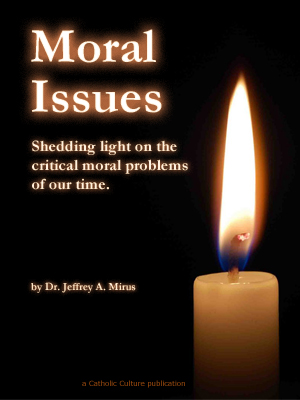Catholic Activity: Rabbits, Ember Days and First Fruits
Ade Bethune connects her day of canning with Ember Days and the offering of first-fruits.
Orate Fratres: A Liturgical Review, Vol. XVII, October 3, 1943, No. 11, pp. 517-519
DIRECTIONS
At four-thirty in the afternoon, Mother and I loaded our little wagon with canning jars, towels, aprons, salt, and a big bowl containing the meat of ten rabbits. We were on our way to the local high school where groups of women are allowed to get together, at what is ceremoniously called "the Canning Center," to preserve their own food, using the high school's pressure cookers. "Canning Center" is one of the noble institutions born of the war, which goes to who, I suppose, that nothing is really completely evil and that there are some good sides even to the horrible old war. Anyway, we were going to can our rabbits. Just now, as I am writing, I have finished fitting the pieces of rabbit, legs and rumps, into the jars (it is quite a puzzle: some of the legs are pretty big and the mouth of the jar is always too small it seems; I don't know how we'll ever get those pieces out when the time comes to eat them, but let's hope for the best)--and all the jars, all enthroned within the pressure cooker, are slowly warming up. Soon the steam will start coming from the little valve, indicating that the cooking has begun.
All about us, a dozen ladies are working, cutting, peeling and preparing string beans, tomatoes and the like. One lady has nice ears of corn. Another is cutting up some apples. I don't know what she intends to do with them (I can't see the point of canning apple-sauce anyway). But I love apples. I love food, and I love the preparation of large quantities of food--lots of women busy preparing lots of food. It foretells a happy meal around a well-spread table. One woman who is working here now has canned one hundred and five different kinds of food, so the report goes, most of them from her own garden. She beams modestly at the amazement of the other women. Meanwhile the work goes on apace, quietly and busily.
It is an admirable sight to behold a group of people who are able to work so perseveringly, preparing food for unknown meals to come. It is so much more fun to prepare the food for a feast or a celebration, even a very small feast. Somehow the anticipation of the feast is in the air together with all manner of smells of cooking; everyone is thinking of it and already enjoying it; a wonderful zeal is spurring each one to do more than his best so that the feast will be a success; everyone at his own task is looking forward to the moment when all will be brought together, at last, to sit as one body around the same festal table; and there is hardly anyone who is not thinking already of what he will tell the others when he has a chance to get them where they will listen. But there is no lightsome spirit here, mounting and mounting and bubbling over as the feast approaches. This, instead, is the quiet, everyday business of getting food ready because we each know by reason that our own families will want to eat every day and not just on feast days.
There is however a particular lifting joy in food at this season, and that I think is the common spirit that animates all the women here just now. They may not know that this is the Ember Week in September. But, whether they know it or not, it is. And what they are well aware of is that this is the season of ripening food of all kind, of fat, full fruit, of baskets and bagfulls, of abundance of harvesting. The nights are getting cool. The mornings are cold. Already the days are shortening. And so all the women are pressing on with their work as to a feast anyway, a feast of a long-dead winter.
Our jars of rabbits are pressing on too. It takes them an hour in all to be done. Right now they have only fifteen more minutes to go. Then we shall have to let the pressure cooker cool again before we can open it and take out the jars. Next we shall have to present one eighth of our work as an offering to the "Canning Center," for this is the agreement that is made, namely that people working there should give one out of every eight cans they put up, not to pay for the use of the tools or for the fuel, but to be given to the Red Cross. So, even in this day of ours, the idea remains that we must, of the abundance which is given us, offer the first fruits as a gift. No man can receive a gift worthily unless he makes himself like the one from whom he holds the gift. And how can we be like Him who gives us all? By giving, even as He gives. Isn't it a wonderful thing to find this so deeply written into the human soul that it is recognized, even dimly by our modern world.
This final offering of the first fruits really makes the whole business right (also the fact that at last various smells of food are beginning to be about, and that I am awfully hungry). Earlier ages observed their Ember harvest days by offering the best of their grain, wine and oil. Rabbits and beans and cabbages very probably find no mention in the liturgical books. But I'm quite sure the Lord will not reject as unfitting these first fruits or our labor-even though they won't be offered in Church, but by way of the Red Cross.
(Miss) Ade Bethune
Newport, R.I.
Activity Source: Orate Fratres/Worship: A Review Devoted to the Liturgical Apostolate , The Liturgical Press






